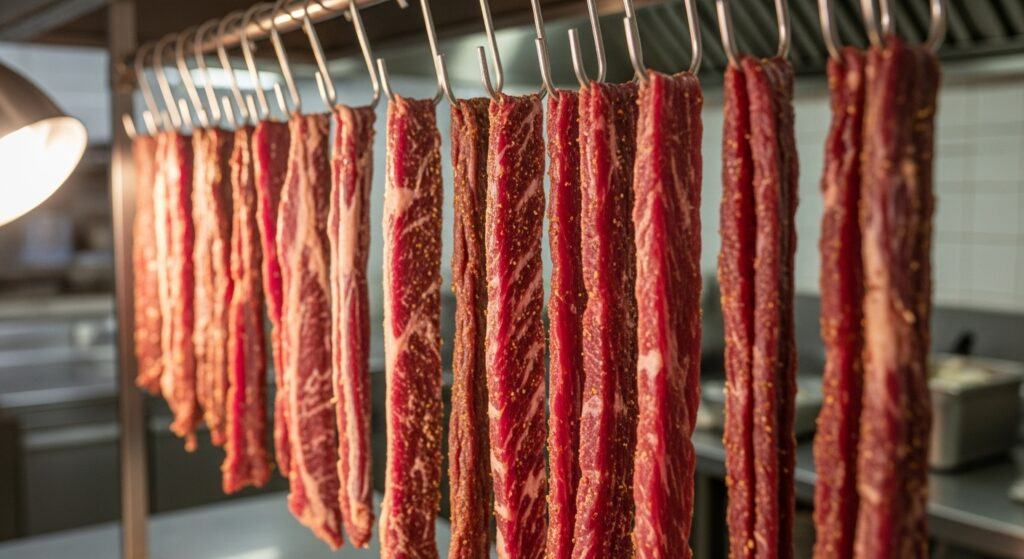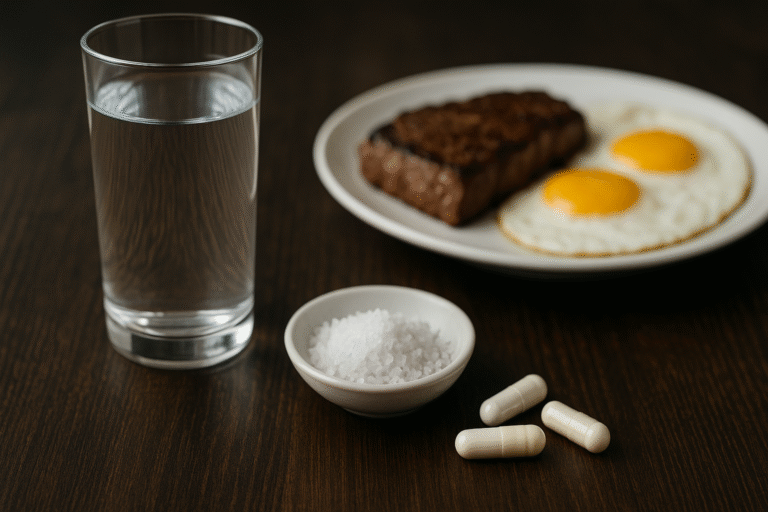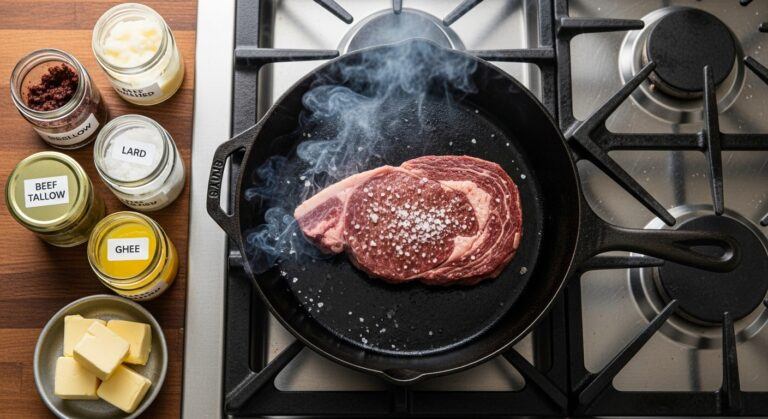
What is biltong?
Biltong is a South African air-dried, cured meat snack.
Unlike jerky, it’s typically thicker, cured with vinegar and spices, then hung to dry.
Think of it as meat turned serious snack: tender inside, rich in flavor, built for sustenance.
A bit of history (yes, I got nerdy, so you don’t have to)
- The roots go way back: the indigenous peoples in southern Africa used strip-meat drying to preserve food long before fridges.
- Fast forward to the 1600s and 1700s: European settlers (Dutch, German, French) arrived in the Cape region. They added vinegar, spices (coriander, pepper), and salt-curing tricks. (The Biltong Merchant)
- The word “biltong” comes from Dutch/Afrikaans: bil (buttock/hindquarter) + tong (strip or tongue) = a strip of meat.
- Before refrigeration was a thing in South Africa, biltong was a practical snack for travelers and herders. The cool, dry winter air was ideal for hanging meat safely.
- Today, it’s kind of a national snack, and it has crossed borders into other markets.
So yeah, it’s not just “dried meat.” It’s survival, spice, tradition, snack, and culture in one strip.
My journey with biltong (yes, I have one)
When I first heard “biltong,” I assumed it was just jerky with a fancy name. Wrong. I learned the hard way (after a too-thin strip that turned brittle) that texture matters. I then went for a proper cut (topside beef), marinated it, hung it for a good few days, and the result: deeply flavorful, tender, not brittle. I started carrying it on outings like hunting trips, camping, or whenever I went out. It turned from curiosity into a snack of choice.
What struck me: the vinegar/spice combo gives it a tang you don’t get in jerky. And the slow drying means it’s less dry than some jerky. Also, the simplicity of ingredients makes it feel “real.”
How you can prepare biltong (Step-by-step)
Based on that recipe that I found + my tweaks:
Ingredients
- ~5 lbs beef (topside or silverside). Strip along the grain into ~1″ thick strips. Trim where needed, but leave some fat if you like flavor.
- Spices: 3 tbsp coarse non-iodized salt, 4 tbsp coriander seeds (toast then coarse grind), 1 tbsp coarse ground black pepper.
- Marinade: 6 tbsp apple-cider vinegar or malt vinegar.
Procedure
Steps for Biltong Success
- Toast & grind spices
Toast the coriander seeds over medium heat for ~2 mins until aromatic. Cool, then coarse grind. Mix in salt + pepper.
- Cut the meat
Slice beef along the grain into 1–1.5″ thick strips. Thicker gives a more tender result and takes longer to dry.
- Marinate
In a non-metal bowl, pour the vinegar. Lightly dip each meat strip in the vinegar to coat. Then rub on the spice mix thoroughly (all sides). Layer the strips in the bowl, cover, and refrigerate for 12–24 hours. Turn occasionally for even curing. ⬅️ Do not skip this step.
- Drying
Remove strips, pat dry (don’t rub off spices). Hook each strip (meat hook or bent paperclip) and hang in a well-ventilated area, with good airflow, and humidity < 60% is ideal. A “biltong box” with a fan works; a room with a fan and dry air also works. Pieces must not touch. Dry for 4–14 days, depending on how “wet” or dry you like it (wet = firm outside, slight give inside).
- Slice & store
Once done, slice thinly across the grain with a sharp knife (or specialized slicer). For storage: paper bag for a few days, or vacuum-seal and freeze for longer.
My tweaks/tips:
- I like to go toward the shorter end if I’m impatient (maybe 4-5 days), but if you can wait a week, it’s worth it.
- Use beef that’s grass-fed if possible because it can improve the flavor.
- Don’t skip the vinegar step: it adds tang and helps preservation.
- Make sure your drying space is clean, free of dampness and insects.
- If you see mold? Trash that piece. Safety first.
Why this method works (and why it’s better than “throw-it-on-the-oven”)
- The vinegar + salt cure inhibits bacteria.
- Air drying (not high-heat) over days gives that tender texture and richer flavor, unlike jerky, which gets hot-dried.
- Traditional thickness means you get chew and substance, not brittle shards.
- You control the flavor: coriander + pepper are classic. You can play with extras, but keep the base solid.
Prefer to Try Ready Made Biltong? Try this one by Righteous Felon!
Final word
If you’re serious about meat snacks and want to go beyond the usual jerky, make biltong. It brings story, flavor, and texture to the table. And yes, you’ll feel like you deserve it after hanging meat for days. Try it this weekend. Let me know how your batch turns out (yes, I’ll expect pictures).



